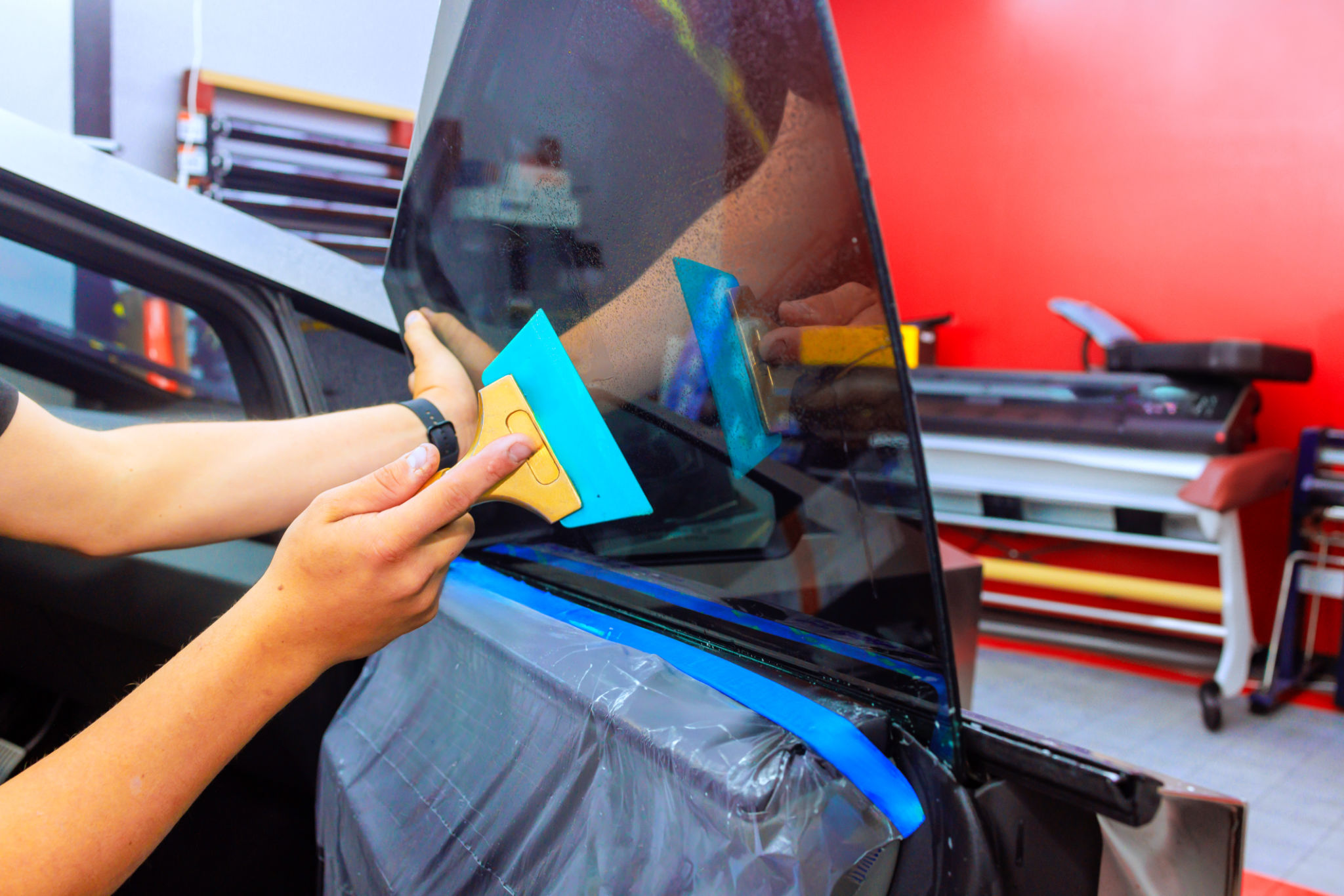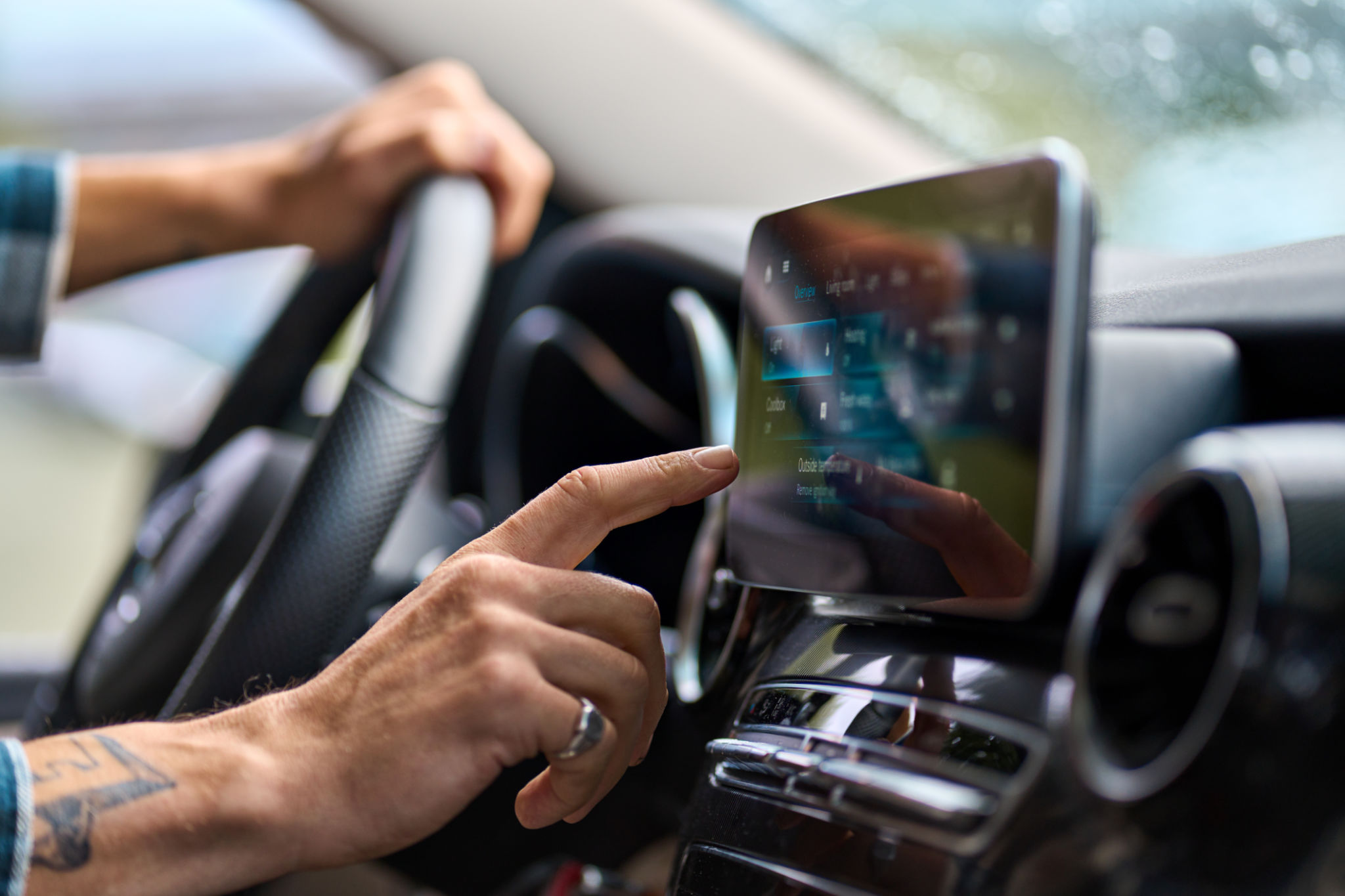Case Study: How Window Tinting Improved Comfort and Energy Efficiency in Vehicles
Understanding the Benefits of Window Tinting
Window tinting is often associated with enhancing the aesthetic appeal of vehicles, but it offers far more than just visual benefits. It plays a crucial role in improving comfort and energy efficiency, which is why many vehicle owners are opting for this upgrade. In this case study, we explore how window tinting can transform the driving experience by reducing glare, blocking UV rays, and lowering energy consumption.

Reducing Interior Heat
One of the most significant advantages of window tinting is its ability to reduce interior heat. By blocking a substantial amount of solar heat, window tints help maintain a cooler temperature inside the vehicle. This is particularly beneficial during hot summer months when vehicles can turn into virtual ovens. By reducing the need for air conditioning, drivers can experience improved fuel efficiency.
Enhancing Comfort and Privacy
Beyond heat reduction, window tinting enhances overall comfort by minimizing glare from the sun and headlights. This not only makes driving safer but also less strenuous on the eyes. Additionally, tinted windows offer increased privacy, preventing outsiders from easily peering into the vehicle. This added layer of privacy is especially valued in urban areas where traffic congestion often results in close proximity to other vehicles.

Increasing Energy Efficiency
With rising fuel costs, energy efficiency is a top priority for vehicle owners. Window tinting contributes significantly to this goal by reducing the vehicle's reliance on air conditioning systems. By keeping the interior cooler naturally, drivers can reduce the frequency and intensity of air conditioning use, leading to better fuel economy and reduced emissions. This eco-friendly benefit is an attractive proposition for environmentally conscious consumers.
Protecting Interior Components
Another critical aspect of window tinting is its ability to protect interior components from UV damage. Prolonged exposure to sunlight can cause fading and deterioration of upholstery and dashboards. Window tints block up to 99% of harmful UV rays, preserving the interior's condition and prolonging the life of the vehicle's components. This protection translates to long-term savings on maintenance and repairs.

Boosting Resale Value
A lesser-known benefit of window tinting is its potential to boost a vehicle's resale value. Prospective buyers often view tinted windows as a desirable upgrade, appreciating the comfort and efficiency benefits they provide. As a result, a well-maintained vehicle with tinted windows may command a higher price in the resale market, making it a worthwhile investment.
The Cost-Effectiveness of Window Tinting
The initial cost of window tinting varies depending on the quality of the film and installation service chosen. However, this investment often pays for itself over time through fuel savings and reduced wear on air conditioning systems. Moreover, the extended lifespan of interior components adds to the cost-effectiveness of this upgrade.
Choosing the Right Tint
Selecting the appropriate window tint is crucial for maximizing benefits. It's essential to consider factors such as local regulations, desired level of privacy, and the specific needs of the vehicle owner. Consulting with a professional installer can ensure that the right choice is made, providing optimal results in comfort and efficiency.
In conclusion, window tinting offers numerous advantages that extend beyond aesthetics. By improving comfort, enhancing privacy, increasing energy efficiency, and protecting interior components, it proves to be a valuable addition to any vehicle. With these benefits in mind, more drivers are choosing window tinting as an effective solution for elevating their driving experience.